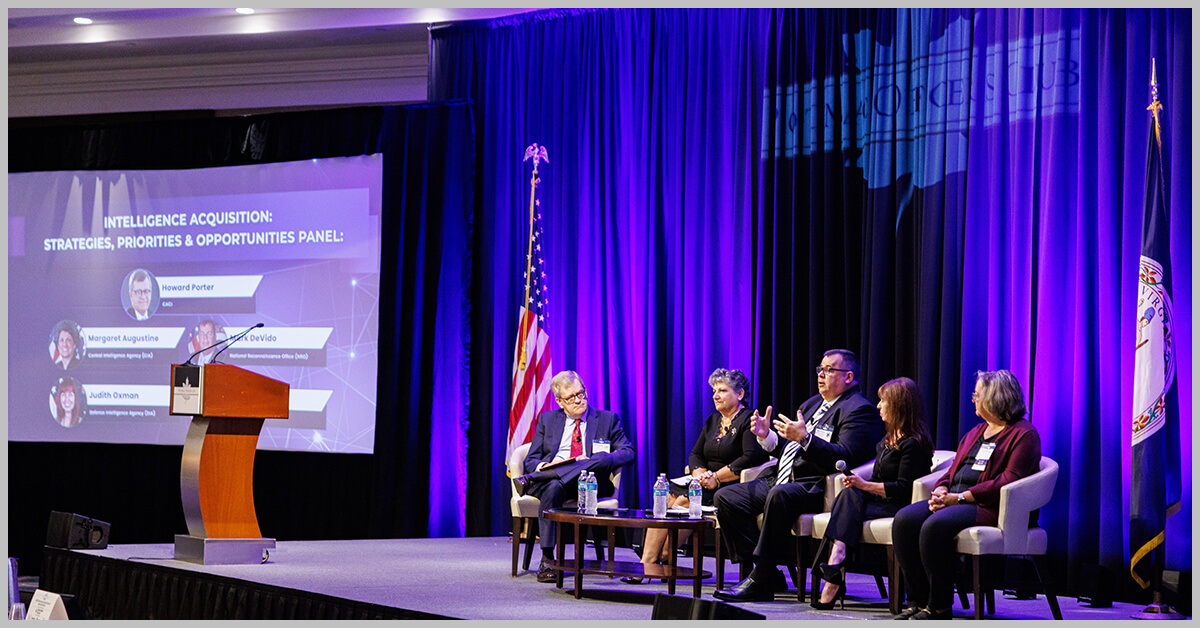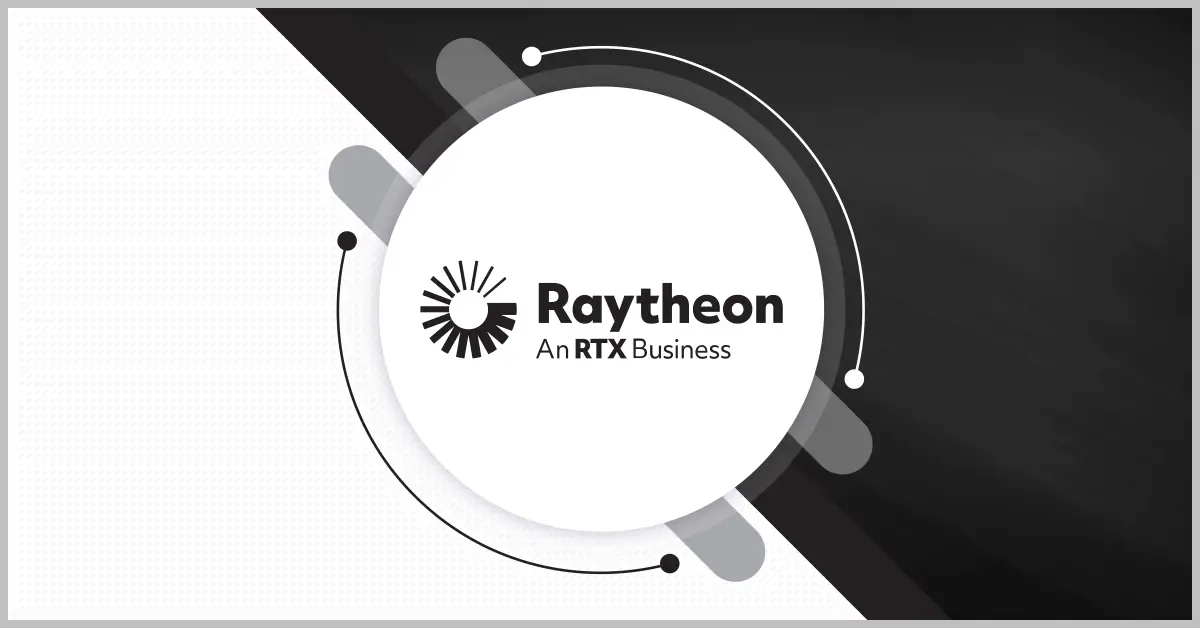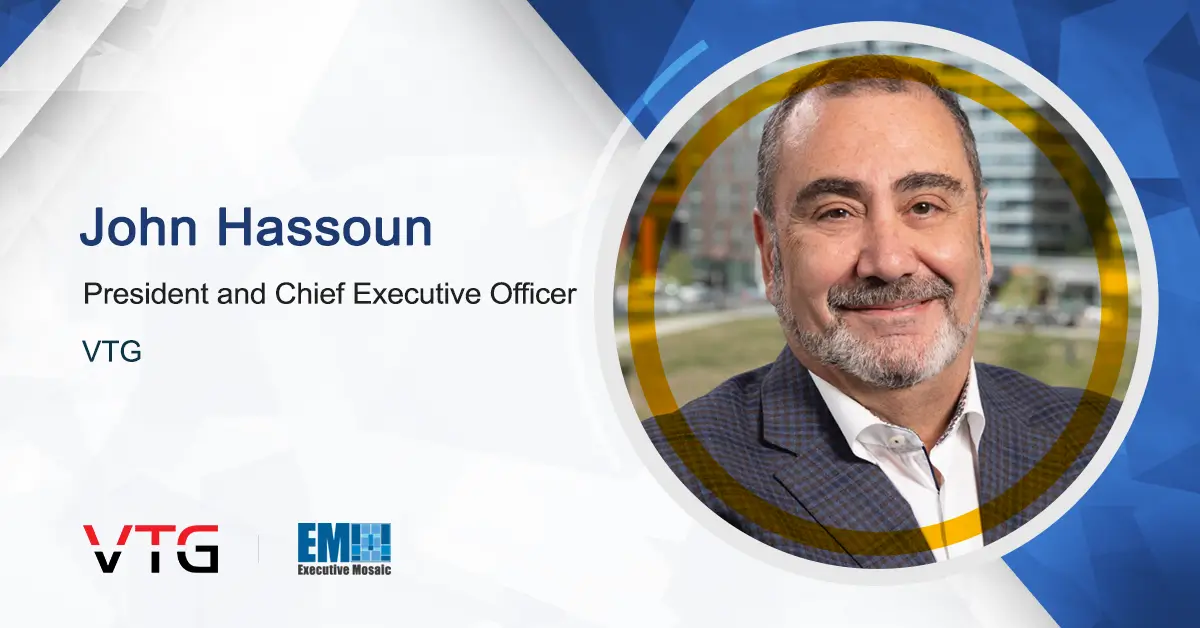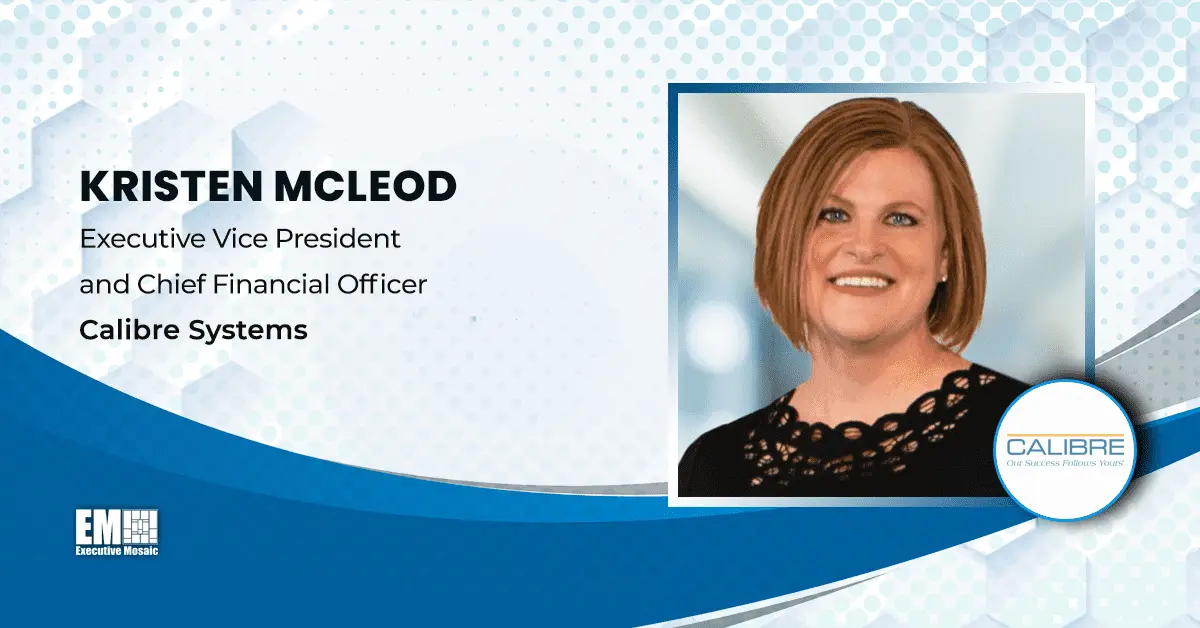Historically, acquisition processes within the United States federal government have not been associated with speed or efficiency. In fact, government officials often point to bureaucratic and tedious acquisition processes as a major hurdle in delivering cutting-edge technologies to government agencies and military forces in a timely manner.
Today, increasing the pace of the acquisition and procurement world is top of mind for contracting professionals. “Speed” was cited by panelists at the Potomac Officers Club’s 9th Annual Intel Summit as a top priority of their work within agencies like the Central Intelligence Agency, the National Reconnaissance Office and the Defense Intelligence Agency.


If you’re interested in the acquisition world, you won’t want to miss the Army Acquisition Priorities: Balancing Readiness and Modernization Forum hosted by ExecutiveBiz on Nov. 8. Join this in-person breakfast forum to hear from Principal Deputy Assistant Secretary of the Army for Acquisition, Logistics & Technology, Young Bang and other acquisition professionals. Register here.
“Things are changing so quickly — from a technology point of view, from how we communicate, from the speed of how we have to do analysis — that when you’re in a two year acquisition cycle, the technology you deliver by the time you get the contract has already been leapfrogged,” said Susan Williams, a client executive at A&T, during the Intelligence Acquisition: Strategies, Priorities & Opportunities panel discussion led by CACI’s Howard Porter at the POC 9th Annual Intel Summit.
“I think it is important for all of us to be able to think more broadly about how we get that technology into the ecosystem quicker,” she added.
Margaret Augustine, senior acquisition executive at the CIA, agreed with her fellow panelist that the current acquisition lifecycle does not move quickly enough to meet the mission needs of the current threat landscape.
“Two years to award doesn’t answer, nor is it responsive to, what needs to be done within the agency,” she said.
Augustine explained that historically, the CIA has been primarily focused on executing Federal Acquisition Regulation, or FAR, contracts. But in recent years, as the need for speed increases, she has seen a shift away from FAR-based contracts.
“We’ve deviated from that over the past few years into [Partnership Intermediary Agreements] and some other non-traditional contract vehicles,” including OTAs, or Other Transaction Authorities, said Augustine.
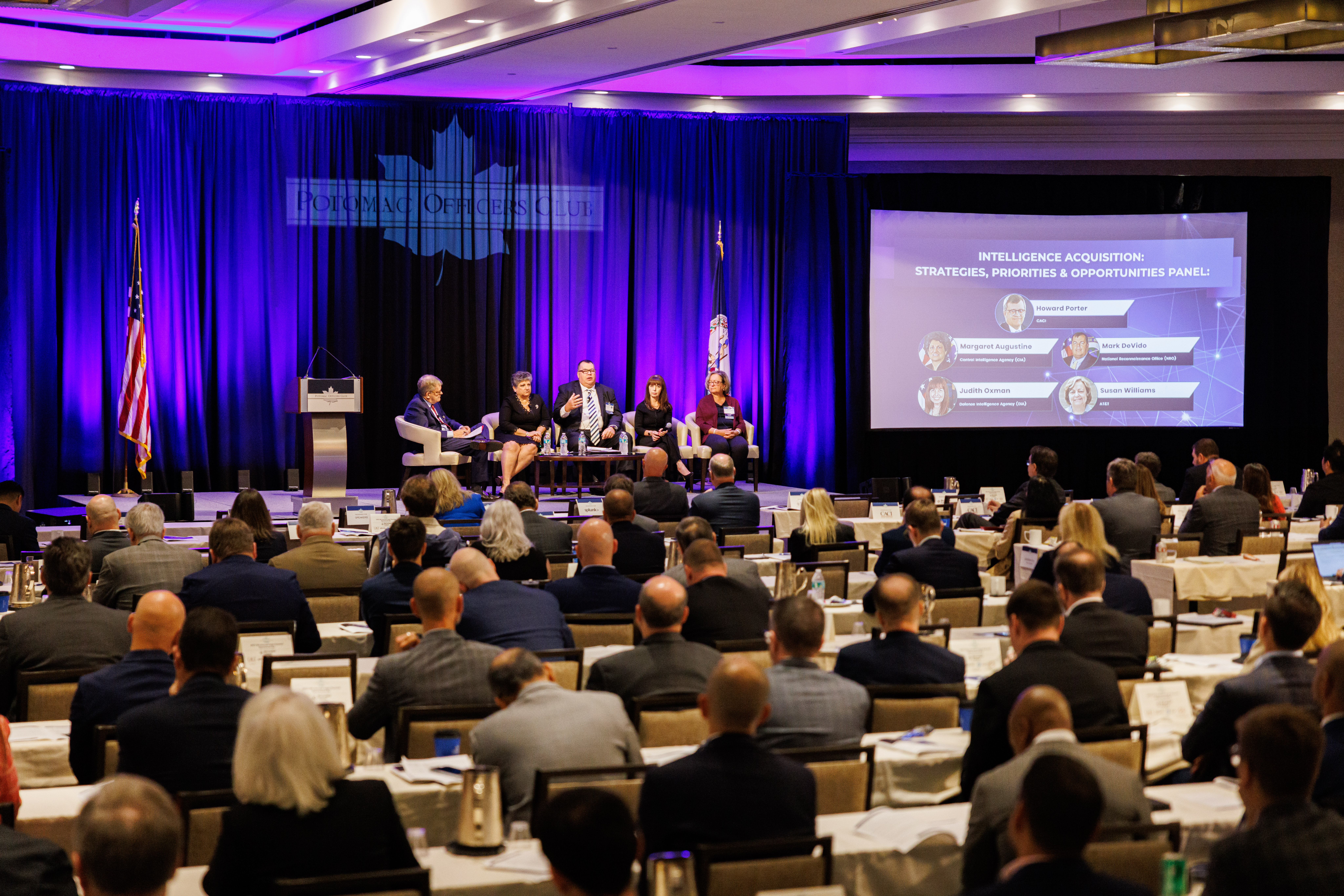

Judith Oxman, deputy senior acquisition executive for the DIA, concurred with Augustine that IC acquisitions sometimes need to depart from the norm of FAR-based contracts and move toward more widespread use of OTAs in order to see meaningful success.
“We’re still stuck in the FAR-based world, and we need to get out of the FAR-based world and work with you on other transactions to make things work for us,” she said, addressing the senior executive audience in McLean, Virginia.
OTAs have emerged in the government contracting ecosystem as an important tool for injecting speed into the acquisition process and allowing government agencies to shorten delivery timelines. More and more federal agencies are beginning to leverage OTAs, and the Intelligence Community is looking to harness these contract vehicles more broadly as well.
“We will be executing OTAs as soon as we get the authority handed down to us from ODNI,” Augustine shared. “There [are] some other areas of OTA, with regard to R&D and prototype that we want to actually try to broaden for our agency, and perhaps go into a more expansive area of how to use OTA.”
Augustine said the CIA is aiming to start implementing OTAs in the second quarter of fiscal year 2024, and some directorates — namely, the Directorate of Digital Innovation and the Directorate of Science and Technology — are already putting together use cases.
“We will be ready to roll as soon as that authority is handed down to us,” Augustine said.
Meanwhile, other IC agencies are further along in their OTA use. Mark DeVido, director of the Office of Contracts at the NRO, said the agency is beginning the third year of a pilot using OTAs. DeVido shared that he has found value not only in the speed offered by OTAs, but also in the flexibility they provide.
Ultimately, the key to successful OTA implementation, he shared, is providing the proper training to acquisition professionals so that they have the tools to “balance multiple acquisition authorities” while retaining the flexibility to look at things differently than just through a traditional lens.
“You’ve got to get the workforce aligned to the differences between OTs and FAR-based contracts,” said DeVido, highlighting that the NRO has seen success through the OTA pilot.



